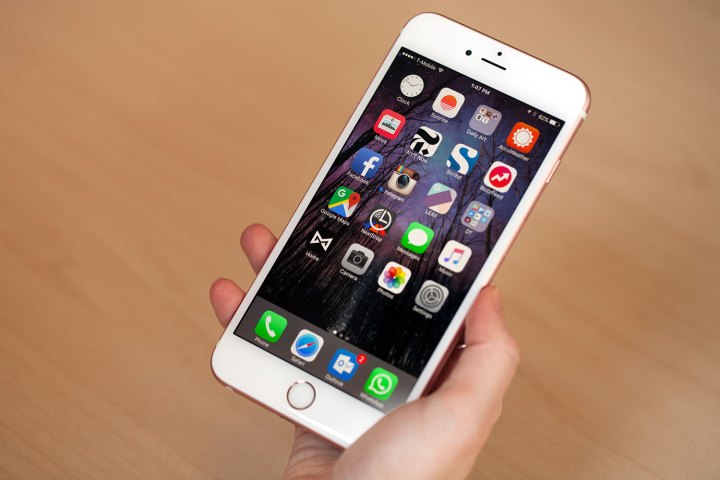
Kuo’s argument is strengthened by the fact that Foxconn is going to build a sixth-generation LTPS TFT-LCD production line in Zhengzhou, China. The plant won’t be able to enter mass production until 2018, but Kuo believes Foxconn is investing in it to secure LCD orders for future iPhones.
Kuo also notes that Minebea, a Japanese supplier of backlight units to Apple, does not expect a share loss due to AMOLED screens. The company believes that demand for LCDs will remain strong for the next three years because of newer ultra-thin LED chips and optical sheets.
The AMOLED speculation was fueled by the fact that Apple uses OLED technology on its Apple Watch, so it seemed like an obvious direction for the iPhone. However, Apple chose an OLED for power consumption since most screens on the Apple Watch have a black background. The advantage of an OLED panel is that only the necessary pixels need to be lit, whereas all the pixels on an LCD panel must be lit regardless of the color. In other words, the black background on an OLED screen isn’t actually lit, thus conserving battery life.
LCD panels do have some advantages, though. They have a cheaper production cost, better supply flexibility, and they perform better in sunlight. While the Apple Watch might have benefited from an OLED screen, Apple reportedly doesn’t feel the extra cost is justified for the iPhone.
We know it can be tough when you see conflicting reports. It happens all the time, but one thing to keep in mind is that Kuo has a very good track record when it comes to predicting Apple’s moves. He predicted that the iPad Pro would come with a stylus, which became the Apple Pencil. He also revealed that Apple would offer new colors for its Apple Watch.
Editors' Recommendations
- This one Apple Fitness feature completely changed how I exercise
- An Apple insider just revealed how iOS 18’s AI features will work
- iPhone 16: news, rumored price, release date, and more
- iPhone SE 4: news, rumored price, release date, and more
- 3 reasons why I’ll actually use Anker’s new iPhone power bank


